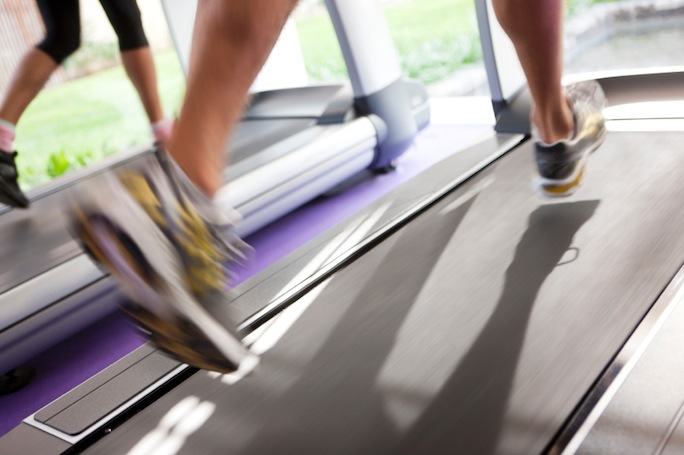In case you missed it see what’s in this section
121 Fitness Training
Unit 83, Basepoint Business Centre,, Rivermead Drive, Westlea, Swindon, SN5 7EX
07733 225230
Recent information, technology, and affordable products have introduced an increasing array of training and recovery methods to the average person.
Self-myofascial release is a fancy term for self-massage to release muscle tightness or trigger points. This method can be performed with a foam roller, medicine ball, tennis ball or your own hands. By applying pressure to specific points on your body you are able to aid in the recovery of muscles and assist in returning them to normal function. Normal function means your muscles are elastic, healthy, and ready to perform at a moment's notice.
Do I Have Tight Muscles or Trigger Points?
Trigger points are specific knots that form in muscles. They are unique and can be identified because they will refer pain. Pain referral, for our purposes, can most easily be described as the pain felt when pressure is applied to one area of the body, but the pain is felt or radiated in another area.
A common example of a trigger point is felt while foam rolling your IT band as it causes pain to radiate up to the hip or all the way down the leg to the ankle. When rolling or working on tight/sore muscles you will experience discomfort or pain. Think of it like the pain you get while stretching. It should be uncomfortable, but not unbearable, and when you are done it should feel better.
Why Am I Doing Something That Hurts?
For many, deep tissue massage is easy to understand. Ideally someone is able to work out the knots in your muscles, and it is commonly known this process may be uncomfortable and at times painful. Self-myofascial release provides the user the ability to control the healing and recovery process by applying pressure in precise locations, because only you can feel exactly what is happening.
It is always recommended to consult with your physician or physical therapist for therapeutic/sharp pain and receive approval before starting self-myofascial release. For most people you will be cleared immediately and your doctor will encourage the practice.
Releasing trigger points helps to establish correct movement patterns and pain free movement, and ultimately, to enhance performance. Utilizing stretching alone is not always enough to release muscles tightness, which is why foam rollers have thrived on the mass market. Imagine a bungee cord with a knot tied into it and then envision stretching the cord. This creates tension, stretching the unknotted portion of the muscle and the attachment points. The knot, however, has remained unaltered.
Foam rolling can assist in breaking up these muscle knots, resuming normal blood flow and function. The goal to any corrective or recovery technique is to get you back to the point of normal functioning. The best time to do this is before you start exercising.
What Causes Trigger Points and Tight Muscles?
Both have the same contributing factors including training, flexibility, movement patterns, posture, nutrition, hydration, rest, stress, and other lifestyle factors. Our bodies learn to compensate for what we throw at them every day, but we can exceed our ability to recover via too many intense workouts, poor posture, and other lifestyle factors.
This is when you need assistance using recovery techniques or through seeing a professional. If you lived a perfect life with everything in balance, you would theoretically never have either of these conditions, however I’ve yet to meet that person.
How Does Self-Myofascial Release Work?
Deep compression helps to break up or relax tight muscles and adhesions formed between muscle layers and their surroundings. Imagine you are tenderizing your own muscles. They should be soft and supple like a baby’s muscles. However, if our muscles are not taken care of properly we can experience loss of flexibility, adhesions, and painful movement.
The deep compression of self-myofascial release allows normal blood flow to return and the restoration of healthy tissue. The body naturally wants to be healthy and strong, but sometimes an extra boost is needed to achieve optimal muscle and tissue health
Unit 83, Basepoint Business Centre,, Rivermead Drive, Westlea, Swindon, SN5 7EX
07733 225230In case you missed it see what’s in this section
Listings